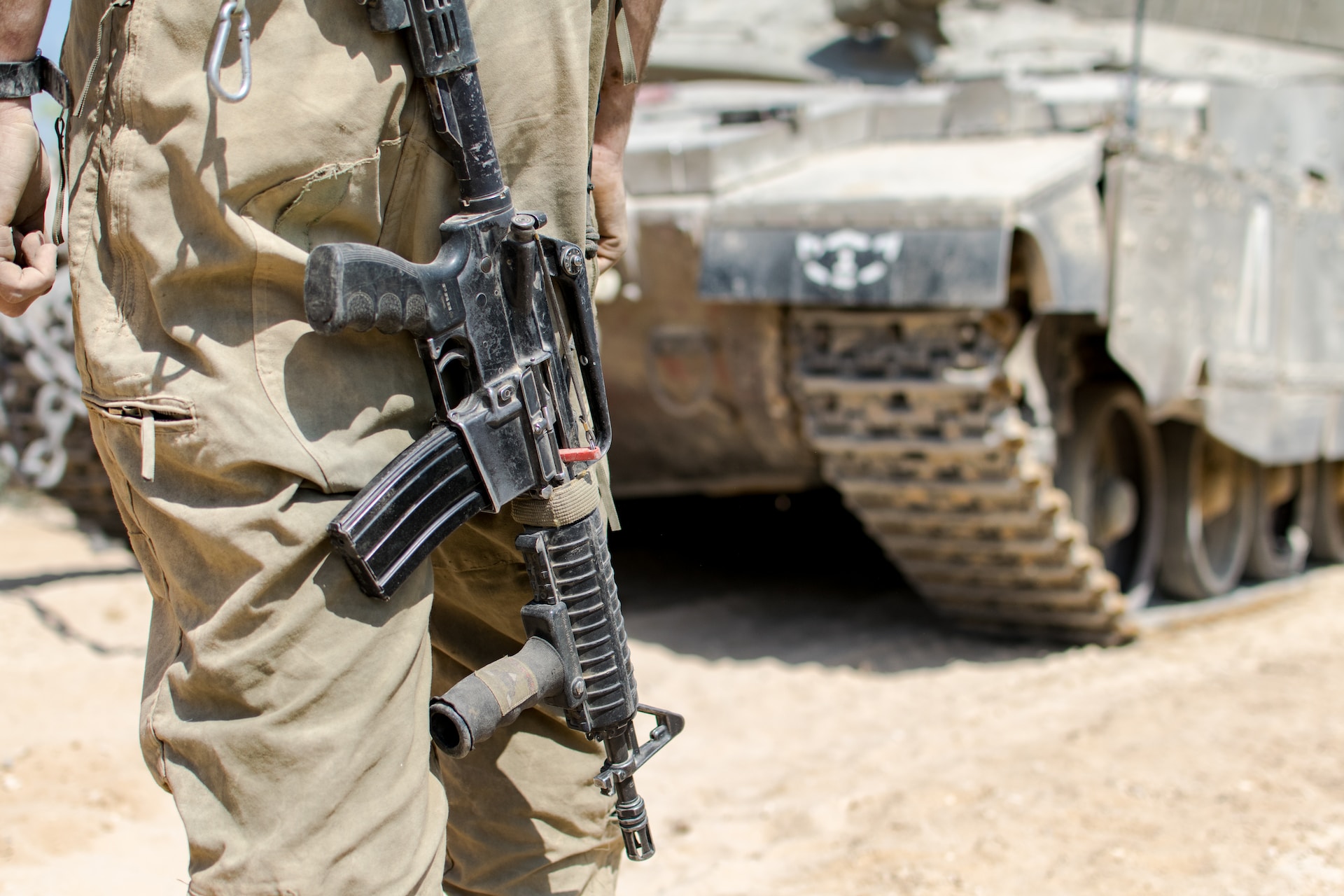Israel declared war for the first time since 1973 over the weekend, following a massive attack on the nation by paramilitary organization Hamas. The Israeli Defense Forces’ (IDF) retaliatory actions are expected to include a siege and potential ground invasion of the Gaza Strip, where Hamas is the de facto governing authority. The timing of Hamas’s incursion into Israel proper was likely meant to undermine groundbreaking normalization talks between Israel and Saudi Arabia. Israel’s impending counterattack, which may be a terminal confrontation with Hamas, could further degrade the chances of further diplomatic relations with Muslim nations.
Hezbollah, a separate paramilitary organization operating in Lebanon, has already begun fighting in solidarity with Hamas on Israel’s northern border, exchanging fire with the IDF. Some reporting has indicated that Iran may have worked with Hezbollah to help Hamas plan “Operation al-Aqsa Flood”, but this has thus far been denied by Tehran. The US is moving fighter jets and an aircraft carrier strike group into the Eastern Mediterranean as a precaution.
Related ETFs: iShares MSCI Israel ETF (EIS), SPDR S&P Aerospace & Defense ETF (XAR)
Following a sudden and wide-reaching incursion into Israeli territory on Saturday, targeting civilians and military personnel, Israel’s government declared war on paramilitary organization Hamas – the first such declaration by Tel Aviv in 50 years. Hamas, which is the de facto governing authority in the Palestinian exclave known as the Gaza Strip, situated on Egypt’s northeastern border and adjacent to Israel’s southwestern territories, began “Operation al-Aqsa Flood” by launching as many as 5,000 missiles into Israel in the course of just 20 minutes. This mass of projectiles overwhelmed Israel’s world-renowned Iron Dome air defense system, allowing about 650 to hit targets on the ground. Simultaneously, militants acting as Hamas’s mobile infantry began dismantling Israeli border defenses and infiltrating Israeli Defense Forces (IDF) installations. Rocket fire out of Gaza continued into Monday.
Though Hamas has no regular military structure and lacks large amounts of traditional military equipment, they were able to launch a full land, sea, and air attack on multiple Israeli cities, as makeshift paratroopers deployed into Israeli proper and naval operations took place with the use of motorboats on Israel’s western shores. As many as 22 locations reported strikes on Israelis and infantry clashes with the IDF as the conflict zone reached as far east as the city of Ofakim and as far north as Askelon, more than 20km and 8km from Gaza, respectively. Visually-confirmed losses indicate several Israeli Merkava tanks were destroyed or damaged in the fighting with the use of artillery and small drone copters – a very common tactic in the ongoing Russo-Ukrainian war. Despite a wide area of attack, OSINT mapping shows only a small number of Israeli settlements may have been formally occupied by Hamas forces on Saturday and Sunday, including the Kibbitzum of Mefasim, Kisufim, Ein Hashlosha, and Mefalsim. On Monday morning, the IDF claimed it had regained “full control” of villages that were overrun by Hamas, but this has yet to be confirmed.
Thousands have been killed by Hamas’s incursion and hundreds more were abducted and moved to Gaza as hostages. The detaining of these hostages within the densely populated network of 25 municipalities complicates Israel’s imminent counteroffensive against Hamas militants, hindering Tel Aviv’s ability to strike the strip indiscriminately. Though Israeli Prime Minister Benjamin Netanyahu seeks a…
To read the complete Intelligence Briefing, current All-Access clients, SIGN IN All-Access clients receive the full-spectrum of MRP’s research, including daily investment insights and unlimited use of our online research archive. For a free trial of MRP’s All-Access membership, or to save 50% on your first year by signing up now, CLICK HERE










